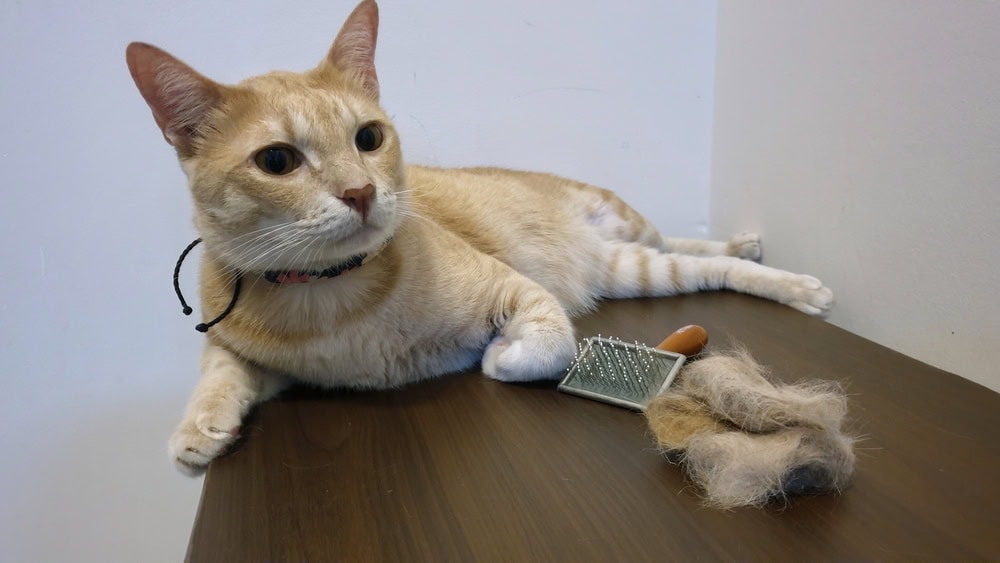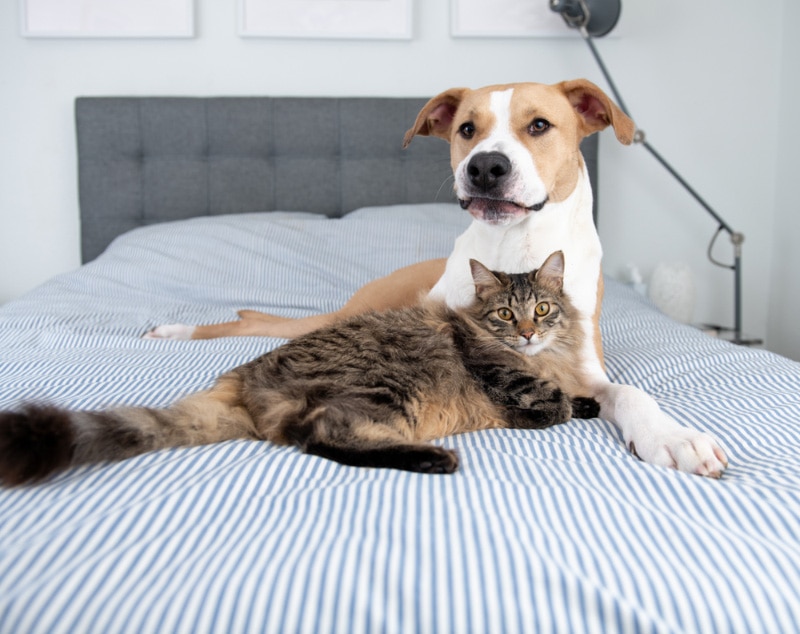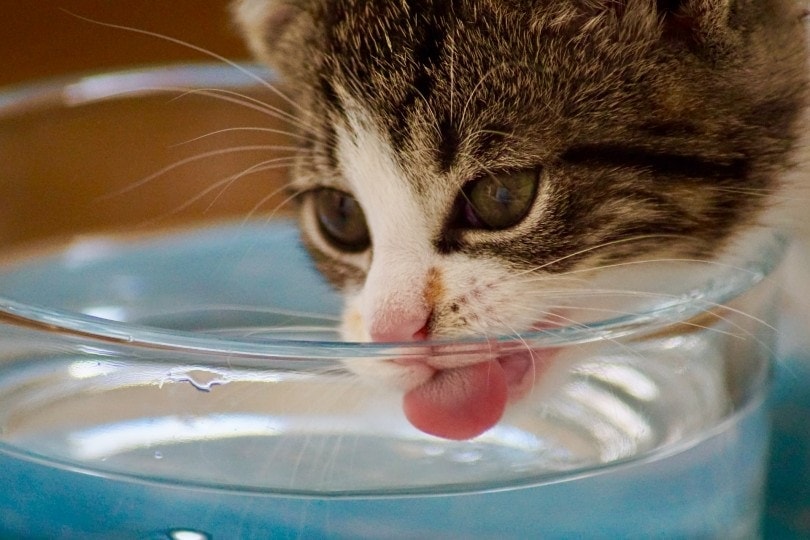Can You Pet a Cat After Flea Treatment? What You Need To Know!

Updated on
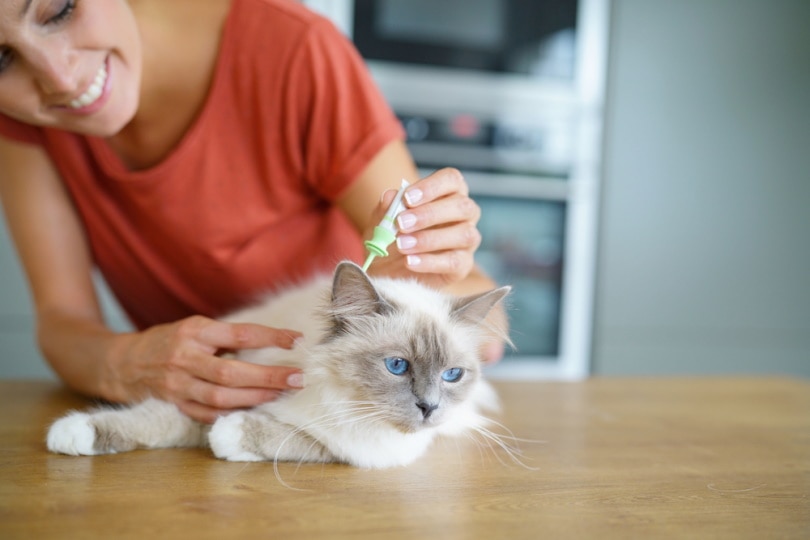
You may be wondering if it is safe to pet your cat after you have treated them for fleas. The answer is yes, you can pet your cat after flea treatment, but there are a few things you should keep in mind. In this blog post, we will discuss the safety of petting cats after flea treatment and provide some tips on how to make sure your cat stays healthy and pest-free!
Before We Begin
As always, consult with your veterinarian before starting any flea treatment regimen to make sure it is safe for your cat and will not interact with any other medications they may be taking.
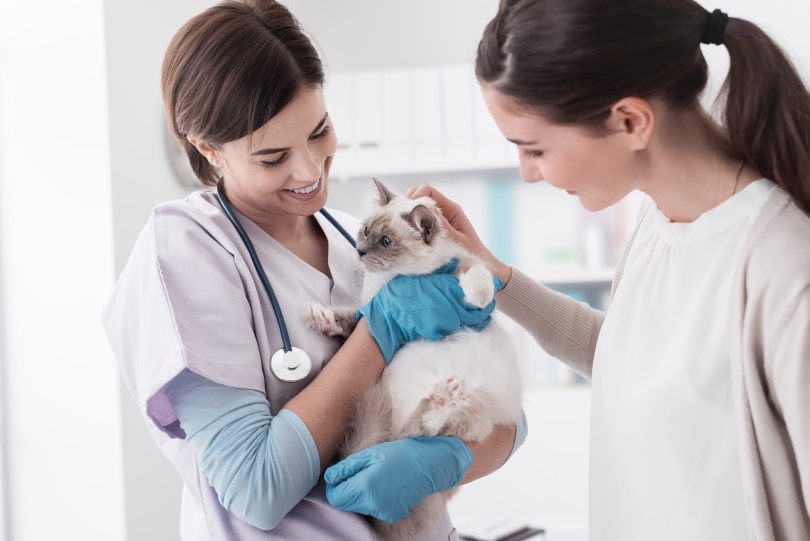
How Long After Applying a Flea Treatment Can You Pet Your Cat?
How soon you can pet your cat after applying flea treatment depends on the type of treatment. With topical flea treatments, it’s best to wait 24-48 hours before petting your cat so that you don’t interfere with the medication.
For oral flea treatments, you can pet your cat immediately after your cat ingests the medicine. For flea shampoos, it is safe to pet your cat as soon as the shampoo is rinsed out.
How Do You Apply Flea Treatment to a Cat?
Many flea treatments are applied topically, which means they are applied to the skin and fur of your cat. It is important to follow the instructions on the package carefully and make sure that you do not get the drug on yourself or other members of your household, as it can be harmful if ingested or if it comes into contact with mucous membranes, such as the nose or mouth.
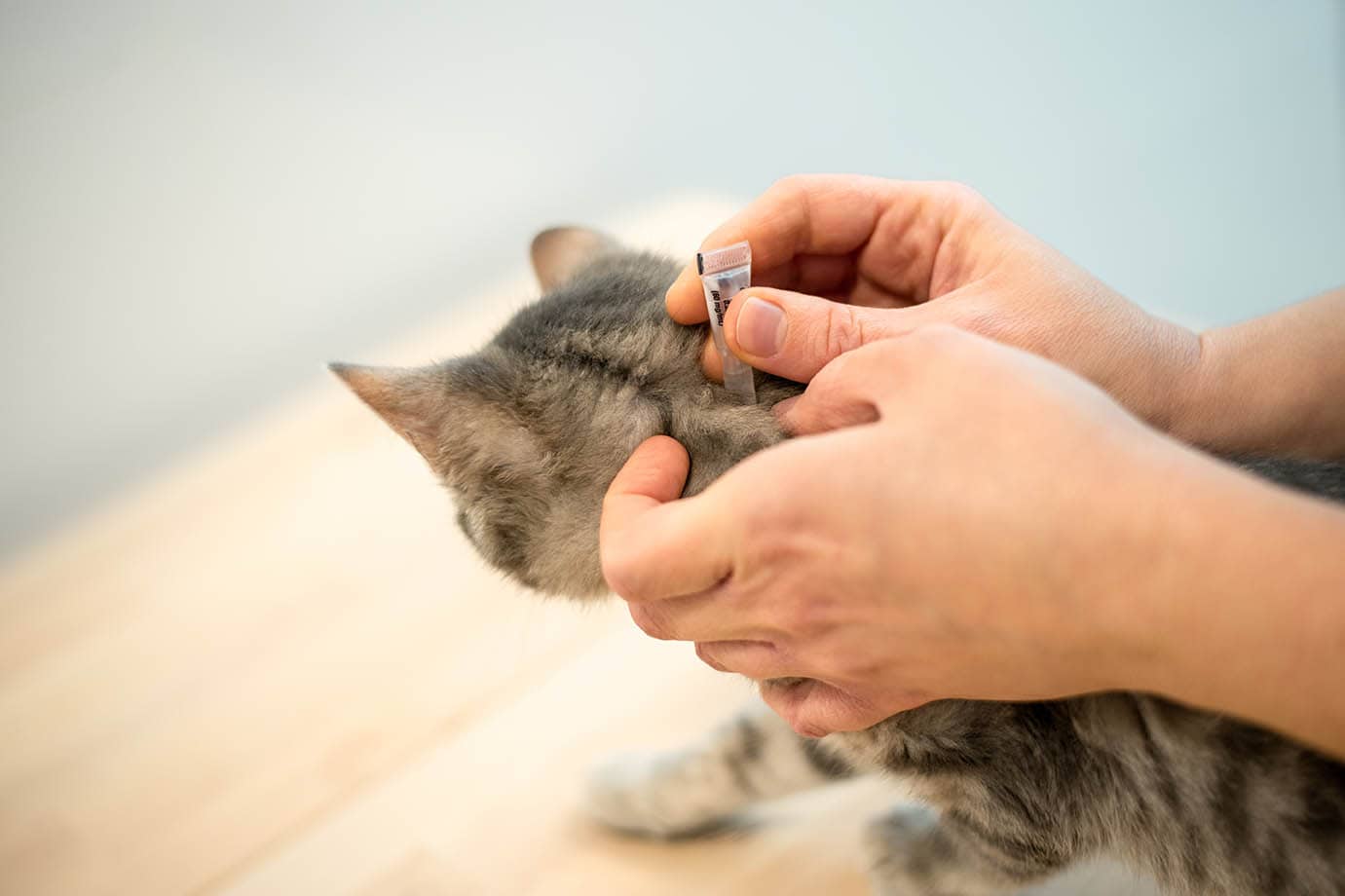
How Do Flea Treatments Work?
Flea treatments work by either killing fleas on contact or preventing them from reproducing. Some treatments, particularly oral treatments, also repel fleas, which can help to keep them away from your cat in the first place.
What Are the Side Effects of Flea Treatments?
The most common side effect of flea treatment is irritation at the site of application. This can cause redness, itchiness, and even hair loss. If you notice any of these signs, stop using the treatment and consult with your veterinarian. In rare cases, more serious side effects have been reported, such as seizures and vomiting. If your cat experiences any of these symptoms after being treated for fleas, call your vet immediately.
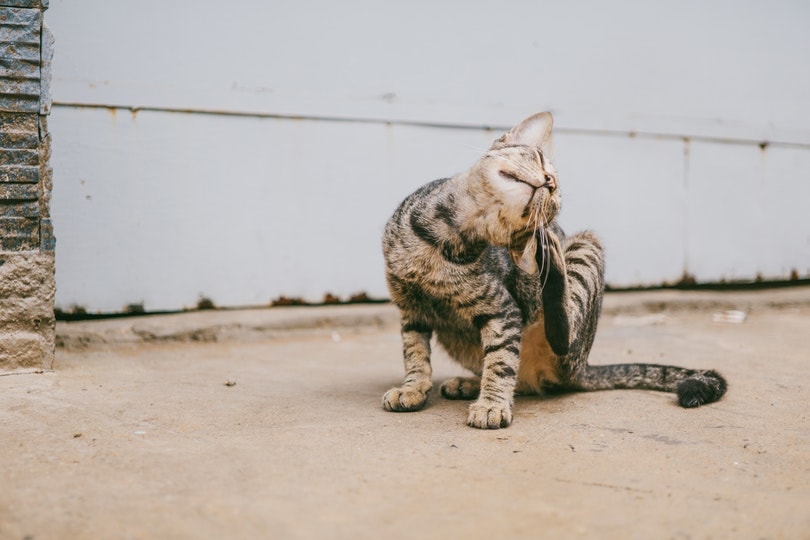
Flea Treatment Buying Guide
When it comes to flea treatment, there are a lot of products on the market. How do you know which one is right for your cat? In this blog post, we will give you a few things to consider when purchasing flea treatment for your cat.
- Type of Treatment: There are two main types of flea treatments: oral and topical. Oral treatments are taken by mouth and work systemically, meaning they circulate through the bloodstream and kill fleas from the inside out. Topical treatments are applied directly to the skin and work by killing fleas on contact. Both types of treatments are effective, but some people prefer one over the other.
- Your Cat’s Age and Health: When choosing a flea treatment, it is important to consider your cat’s age and health. Kittens and senior cats are more sensitive to the side effects of flea treatment, so it is important to choose a product that is specifically designed for them. If your cat has any health conditions, you should consult with your veterinarian before starting any flea treatment regimen.
- Ease of Use: Some flea treatments are easier to apply than others. Topical treatments can be tricky to apply evenly, especially if your cat has a lot of fur. Oral treatments are easy to give, but some cats don’t like taking pills. Consider how easy the treatment will be to use before making your purchase.
- Price: Flea treatments can range in price from a few dollars to over $100. When choosing a treatment, it is important to find one that is effective and fits within your budget. There are a lot of great products on the market, so you should be able to find one that meets your needs without breaking the bank.
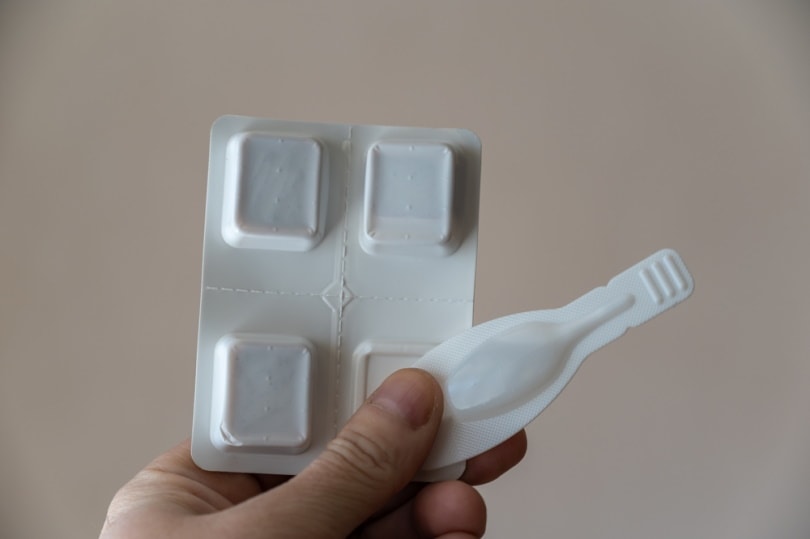
Active Ingredients in Flea Medications
There are a few different active ingredients that are commonly used in flea medications, including:
- Fipronil: This is a non-pyrethroid insecticide that is commonly used in oral and topical flea treatments. It works by disrupting the nervous system of insects, which causes them to die.
- Pyrethroids: These are synthetic versions of pyrethrins, which are naturally occurring pesticides. Pyrethroids are the most common type of active ingredient found in flea treatments.
- Permethrins: This is a type of pyrethroid that is commonly used in topical flea treatments. It is effective at killing fleas and ticks on contact.
- Imidacloprid: This is a neonicotinoid insecticide that is commonly used in oral and topical flea treatments. It works by interfering with the nervous system of insects, which causes them to die. There are a few other active ingredients that are sometimes used in flea treatments, but these are the most common. When choosing a treatment for your cat, be sure to read the label carefully to make sure it contains an ingredient that is effective against fleas. Please note that pyrethroids, permethrins, and imidacloprid are NOT safe for use in cats and can actually be fatal if given to them. Due to cats’ inability to metabolize these drugs efficiently, it is safest to not give any topical product that is labeled for dogs to cats.

Are These Ingredients Safe for Humans?
All of the active ingredients that are commonly used in flea treatments are safe for humans when used as directed. However, it is important to avoid contact with the treatment while it is wet, as it can cause skin irritation. If you accidentally get some of the treatment on your skin, be sure to wash it off immediately with soap and water.
Final Thoughts
In conclusion, can you pet a cat after flea treatment? The answer is yes! Just be sure to follow the directions on the label and keep an eye out for any signs of irritation. If you notice your cat scratching more than usual, or if they seem uncomfortable, stop using the flea treatment and consult with your veterinarian. By following these simple tips, you can help keep your cat healthy and free of fleas without sacrificing any of your precious snuggle time!
- You Might Also Be Interested in: How Does Cat Flea Medicine Work? Vet Approved Explanation
Featured Image Credit: goodluz, Shutterstock


